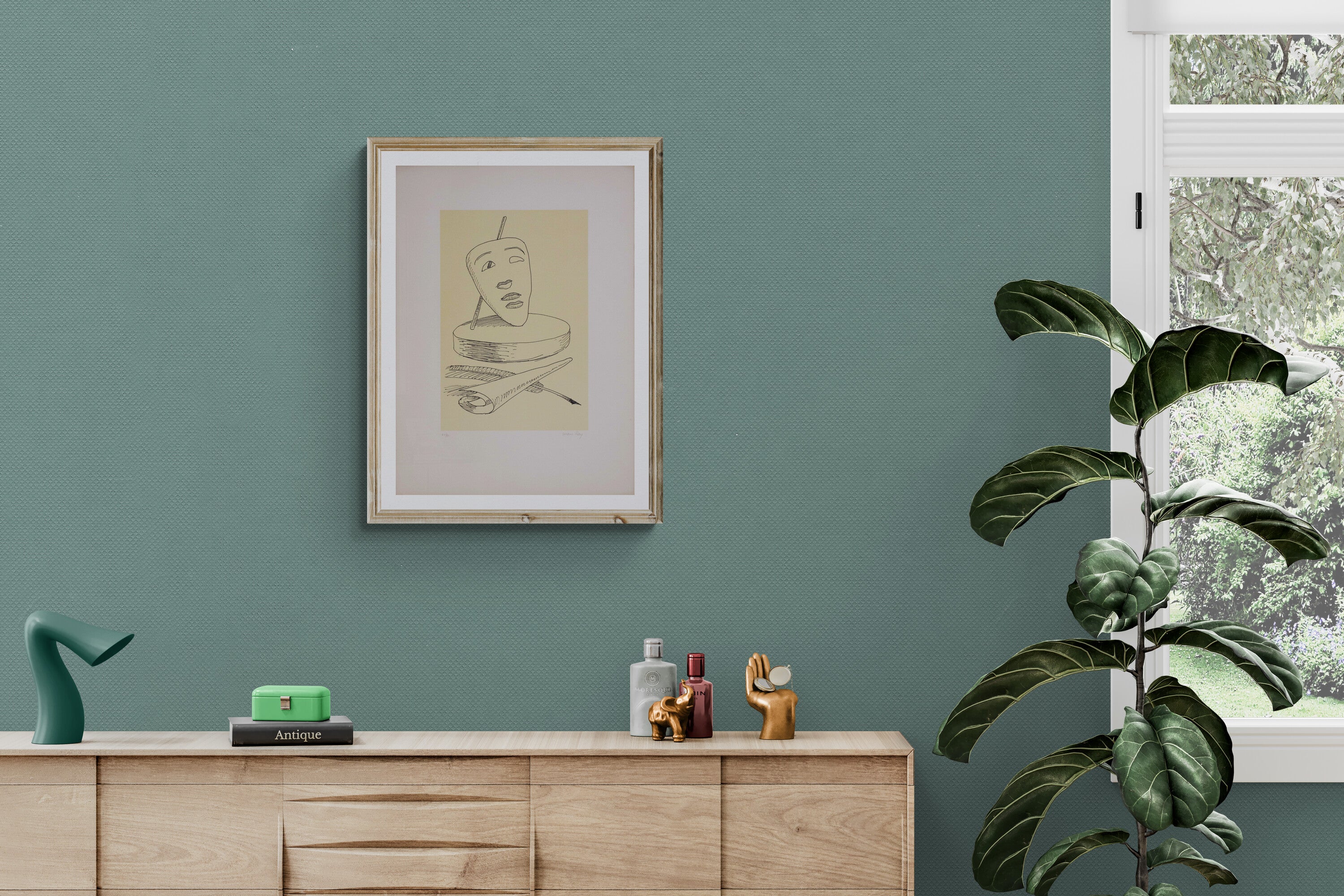Antoni Clavé biography

Antoni Clavé, born in Barcelona in 1913 and died in Saint-Tropez in 2005, established himself as a multifaceted Spanish artist. Defined as an "art craftsman", he stands out for his skill in the use of various materials and techniques. His artistic career, which began with a strong figurative imprint, gradually evolves towards abstractionism with a disruptive gesture. His training began as a craftsman, where he experimented with tempera, glue and drawing. In the 1930s, Antoni Clavé explored collage, combining different materials and techniques. His participation in the Spanish Civil War as a soldier of the Republican Army took him to France as a refugee in 1939, where he settled in Paris to work as an illustrator.
In Paris, in 1940, he held his first solo exhibition at the bookshop Au sans Pareil, marking the beginning of his artistic career. The meeting with Pablo Picasso in 1944 profoundly influenced his style, leading him towards figurative compositions that reflect themes such as Harlequins and still lifes.
In the 1950s, Antoni Clavé established himself on the international artistic scene, receiving numerous awards, including the Unesco Prize for graphics at the Venice Art Biennale in 1956. His works are exhibited in prestigious institutions such as the Fine Art Museum of San Francisco, the Tate and the British Museum in London, and the Musée d'Art Moderne in Paris.
His style evolves from a baroque and ornamental style towards a pure and minimal, culminating in a fully abstract work that explores collage, found object, and shading. Antoni Clavé stands out for his lyrical abstractions which combine painting and collage.
In addition to painting, Antoni Clavé also dedicates himself to theatre, creating sets for operas, ballets and cinema, including the film 1952 Hans Christian Andersen, for which he received two nominations for the Academy Awards.
In 1957, he began designing carpets and from 1960 he worked on sculptural bas-reliefs, assemblages and totemic sculptures. In 1965, she moved to Saint-Tropez, where she lived until his death. In 1984, the Venice Biennale dedicated the Spanish pavilion entirely to Antoni Clavé. After his death, important retrospectives were organized such as the one at the Fondation Fernet-Branca in Saint-Louis in 2006 and at the Galerie Beyeler in Basel in 2008.
In 2011, a Yamanashi, a building dedicated to Antoni Clavé, designed by Tadao Ando, is inaugurated, symbol of the bond between Japan and the artist. His works continue to enrich the collections of important museums such as the Museo Nacional de Arte de Reina Sofia in Madrid.




: invalid url input -->)